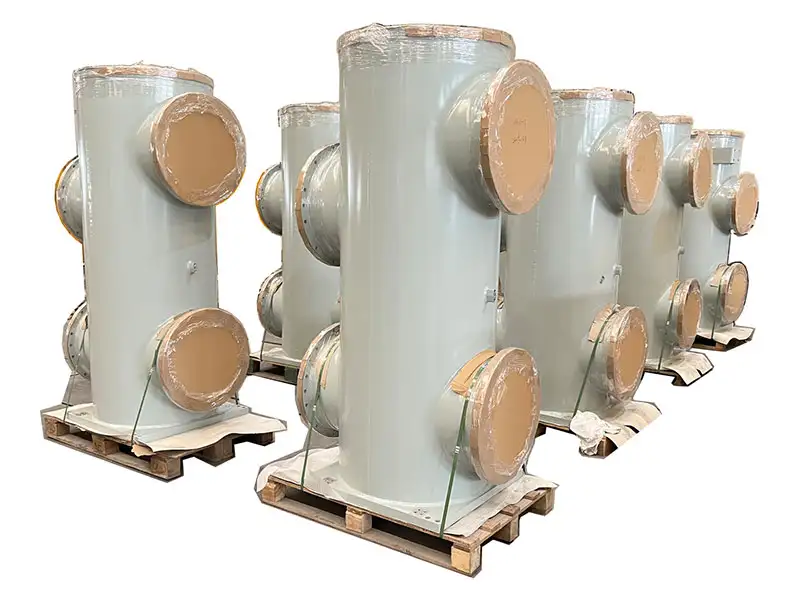GIS Linear Conductor
Release time:
2025-05-19
Summary
GIS Linear Conductor is a key component of GIS equipment and plays an extremely important role in the field of power transmission and distribution.
1. Material and Construction
High-quality Conductor Material
GIS Linear Conductor usually uses highly conductive metal materials such as copper or aluminum. Copper has extremely high electrical conductivity and can effectively reduce the loss during power transmission; although aluminum has a slightly lower electrical conductivity than copper, it has the advantages of light weight and relatively low cost. These conductor materials are finely processed to ensure a smooth surface to reduce the possibility of partial discharge.
Compact Structural Design
Its structural design is compact and adapts to the limited space inside the GIS equipment. The linear conductor is precisely laid out in the busbar, branch and other parts of the GIS, and the connection between each part is tight and stable. At the same time, in order to adapt to different voltage levels and current capacity requirements, the cross-sectional area and other parameters of the linear conductor can be designed in a diversified manner.

2. Performance Characteristics
High-efficiency Electric Transmission
It can efficiently transmit large currents to meet the requirements of large-capacity and long-distance power transmission in modern power systems. In a high voltage environment, the linear conductor, with its low resistance characteristics, ensures that electric energy is transmitted from the power generation end to the power consumption end with minimal loss, thus improving the transmission efficiency of the entire power system.
High insulation performance
Since GIS equipment uses gas insulation, the linear conductor works well with the surrounding insulating gas. The linear conductor is designed to effectively prevent the generation of corona and arc in a gas insulation environment, ensuring the insulation performance of the equipment and improving the safety and reliability of the power system operation.
Adapt to complex working conditions
It can adapt to different ambient temperature, humidity and other working conditions. Whether in the cold north or the hot and humid south, GIS Linear Conductor can work stably to ensure the continuous and stable operation of the power system.
3. Application scope
GIS Linear Conductor is widely used in GIS equipment in various substations, power plants, and transmission and distribution systems. Whether it is a city's power supply network or a power supply facility in a large industrial area, GIS Linear Conductor is an important guarantee for achieving efficient and stable power transmission.
Previous:
Next:
More News


